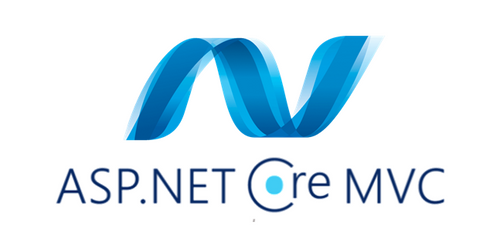As an expert in .NET Core MVC development, I understand the importance of data accuracy and user experience in web applications. Email validation is a fundamental aspect of achieving both these goals. In this comprehensive guide, we will explore email validation in .NET Core MVC, covering its significance, implementation, best practices, and answering common questions. Whether you're a seasoned developer or just starting, this guide will equip you with the knowledge and tools to enhance your web applications.
The Significance of Email Validation
Before we dive into the specifics, let's understand why email validation is essential in web applications:
Data Integrity: Valid email addresses are crucial for maintaining clean and accurate user databases. They prevent incorrect or incomplete entries that can lead to communication errors.
User Experience: Validating email addresses at the input stage ensures that users provide the correct information. This results in fewer errors during registration and login processes, enhancing the overall user experience.
Security: Valid email addresses are a vital part of security measures, ensuring that communication and authentication are sent to the correct recipients.
Now, let's explore how you can implement email validation effectively in .NET Core MVC.
Implementing Email Validation in .NET Core MVC
In .NET Core MVC, you can implement email validation using various techniques. Here, we'll focus on two primary methods:
1. Data Annotation Attributes
Utilize data annotation attributes such as [EmailAddress] to mark email fields for validation. This approach is simple and effective.
Example:
[EmailAddress]
public string Email { get; set; }
2. Custom Validation Logic
Implement custom validation logic by creating custom validation attributes or using custom validation methods in your model classes.
Example:
public class CustomEmailValidationAttribute : ValidationAttribute
{
protected override ValidationResult IsValid(object value, ValidationContext validationContext)
{
if (value != null)
{
string email = value.ToString();
if (!IsValidEmail(email))
{
return new ValidationResult("Invalid email address.");
}
}
return ValidationResult.Success;
}
private bool IsValidEmail(string email)
{
// Your email validation logic here
// Return true if valid, false if not
}
}
Best Practices for Email Validation
To ensure effective email validation in your .NET Core MVC applications, follow these best practices:
1. Client-Side and Server-Side Validation
- Implement both client-side and server-side validation. Client-side validation provides real-time feedback to users, while server-side validation acts as a safety net for data integrity.
2. Use Built-In Validation Attributes
- Leverage built-in data annotation attributes like
[EmailAddress]for standard email validation. This reduces the need for custom validation logic.
3. Custom Validation Logic
- When necessary, implement custom validation logic to address specific requirements, such as domain-specific email patterns.
4. Feedback to Users
- Provide clear error messages when email validation fails. This helps users understand the issue and take corrective action.
5. Regular Expression Validation
- If using custom validation logic, consider using regular expressions to validate email addresses effectively.
6. Testing and Validation
- Thoroughly test your email validation logic with various email address formats to ensure accuracy.
Commonly Asked Questions (FAQs)
Q1: Can I rely solely on client-side validation for email addresses?
A1: While client-side validation provides immediate feedback to users, it can be bypassed by users with malicious intent. Always complement it with server-side validation for data integrity.
Q2: What is the purpose of the [EmailAddress] attribute in .NET Core MVC?
A2: The [EmailAddress] attribute is a built-in data annotation attribute that checks if a string property contains a valid email address format. It's a convenient way to perform basic email validation.
Q3: How can I customize email validation rules beyond format checking?
A3: You can create custom validation attributes or methods that implement your specific email validation logic, such as domain-specific rules.
Q4: Is there a performance impact when using custom email validation logic?
A4: The performance impact of custom email validation logic is generally minimal. However, it's essential to keep your validation efficient and well-optimized.
Q5: Should I store email addresses in a normalized format in the database?
A5: Storing email addresses in a consistent, normalized format in the database is a good practice. This ensures data consistency and simplifies retrieval and querying.
Conclusion
Email validation is a critical component of data accuracy and user experience in .NET Core MVC applications. By implementing email validation using data annotation attributes or custom logic, following best practices, and combining client-side and server-side validation, you can ensure that your web applications collect and manage accurate email address data. Start implementing these techniques today to enhance the reliability and user-friendliness of your applications.



